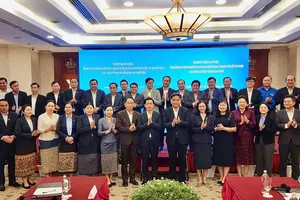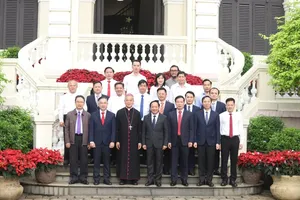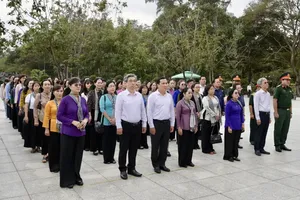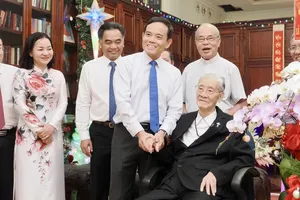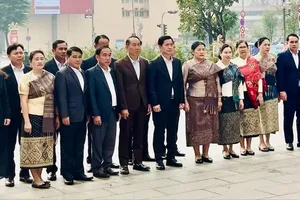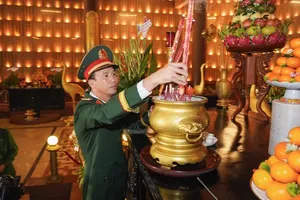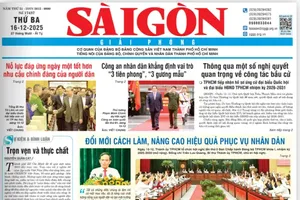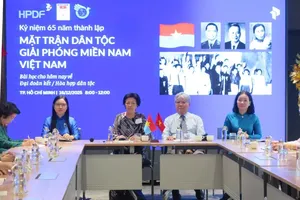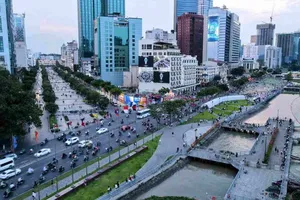The statement was made by Chairman of Ho Chi Minh City People's Committee Nguyen Van Duoc at the Government’s regular monthly meeting presided over by Prime Minister Pham Minh Chinh on July 3. The meeting was held on July 3 in conjunction with a nationwide teleconference between the central government and local authorities to review developments in June 2025.
Chairman of Ho Chi Minh City People's Committee Nguyen Van Duoc stated that, under the resolute direction of the central government and with strong support from ministries, departments, and agencies, the city achieved notable socio-economic progress in the first half of the year.
In terms of economic growth, the newly established Ho Chi Minh City recorded a GDP growth rate of 7.49 percent in the first six months of 2025. In which Binh Duong posted a robust 8.3 percent growth rate, Ho Chi Minh City reached 7.82 percent, while Ba Ria–Vung Tau saw modest growth at 2.61 percent, largely due to fluctuations in the oil and gas sector.
Regarding investment attraction, the new Ho Chi Minh City drew in a total of US$5.2 billion in foreign direct investment. Of this, the former city accounted for US$3 billion, Binh Duong contributed US$900 million, and Ba Ria–Vung Tau attracted US$1.3 billion, marking a notable increase compared to the same period last year.
Budget revenue for the expanded region totaled VND415 trillion (US$15.82 billion), with the old Ho Chi Minh City generating VND322 trillion (US$12.2 billion), equivalent to 60 percent of its annual target.
In terms of public investment disbursement, the new city has so far disbursed VND46.8 trillion (US$1.8 billion), achieving 32.1 percent of the planned figure.
Under the decisive guidance of the Government and relevant ministries, all 168 communes, wards, and special zones across Ho Chi Minh City have been operating under a two-tier local government model. This new administrative arrangement has been running smoothly over the past two days.
However, a challenge persists in fully realizing non-territorial administrative procedures so that citizens can complete their administrative tasks anywhere within the city. Currently, the former Ho Chi Minh City has yet to establish a centralized public administration center to address the problem. Authorities have set a goal to implement these boundary-free administrative procedures citywide by the end of this year.
In an effort to solve businesses’ problems, Ho Chi Minh City has proactively worked to resolve long-standing obstacles facing enterprises. To date, the city has successfully cleared 70 stalled projects, thereby unlocking more than VND400 billion (US$15.26 million) in resources.
According to Chairman Nguyen Van Duoc, the city is expected to face significant economic challenges in the second half of the year, particularly due to potential tariff measures imposed by the United States government. These developments are likely to impact local manufacturing and, in turn, affect the city's overall growth trajectory.
Nevertheless, Ho Chi Minh City remains firmly committed to maintaining its growth target of 8 to 8.5 percent, as directed by the central government, laying the foundation for achieving double-digit growth in the near future.
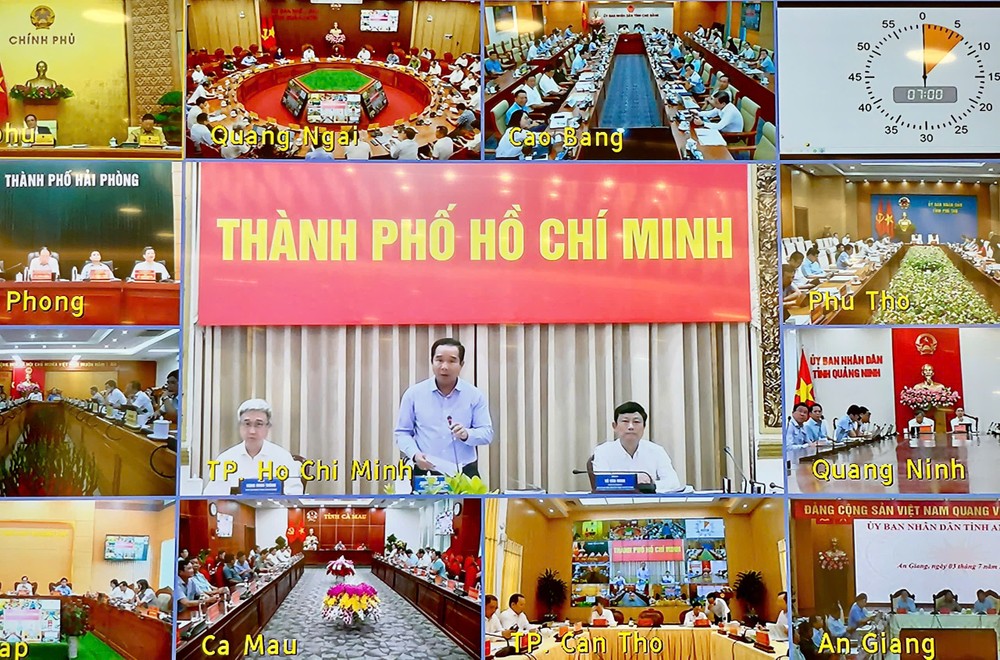
The city will continue to implement decisive measures
First, the city will continue to streamline and refine the organizational structure of its two-tier local government system, ensuring it is lean, strong, efficient, and effective. The city is committed to implementing the central government’s directive to maintain seamless governance, avoiding any disruption in public services for citizens and businesses.
Second, following the merger of the three localities, the allocation of functions across the newly unified administrative units has undergone significant changes. Ho Chi Minh City will now focus on updating, adjusting, and supplementing its master planning to reflect this new structure. Under the revised plan, the former Ho Chi Minh City area will serve as the financial and high-tech hub, the former Binh Duong will be positioned as the industrial capital, and the former Ba Ria–Vung Tau will become the center of the marine economy.
Third, the city is preparing key documents for the upcoming Congress of the Municipal Party Committee.
Fourth, the city will continue to implement its three traditional growth drivers, including public investment, industrial production, and domestic consumption. In September, the city plans to submit proposals to the central government for the commencement of major infrastructure projects, including the renovation and upgrade of National Highway 22 and the Ho Chi Minh City–Moc Bai Expressway, and work will continue on Ring Roads 3 and 4.
In addition to its three traditional growth drivers, Ho Chi Minh City is focusing on developing three new driving forces. One of the key initiatives is the establishment of an international financial center.
The city has already prepared the leadership framework for the international financial center and is currently conducting a preliminary selection of department heads, deputy heads, and staff members in preparation for workforce training. Comprehensive training programs are being planned. This initiative aims to ensure that once the central government formally approves the organizational structure of Ho Chi Minh City’s International Financial Center, a core team will be ready to operate it efficiently and without delay.
In addition, Ho Chi Minh City will accelerate the development of specialized port clusters, including Cai Mep and Can Gio seaports. The city is actively advancing efforts to receive and invest in these projects, aiming to transform them into major logistical and maritime hubs.
The city would like to register to work with the Prime Minister and investors to develop a comprehensive digital transformation ecosystem. The chairman of the Ho Chi Minh City People’s Committee emphasized that with the support of the Prime Minister and relevant ministries, this initiative will certainly create a driving force for investors to actively participate in the national digital transformation program.
The city will focus on addressing the supply of social housing. To date, approximately 25,000 units have been constructed. Moving forward, the city aims to achieve a target of 100,000 social housing units by the end of the current term.
Prime Minister Pham Minh Chinh agreed to Ho Chi Minh City’s proposals and requested the city to submit documents to the Government Office to arrange a meeting between the Prime Minister, Ho Chi Minh City, and relevant ministries regarding artificial intelligence.
Deputy Prime Minister Nguyen Hoa Binh urged Ho Chi Minh City to expedite the establishment of Vietnam’s International Financial Center.
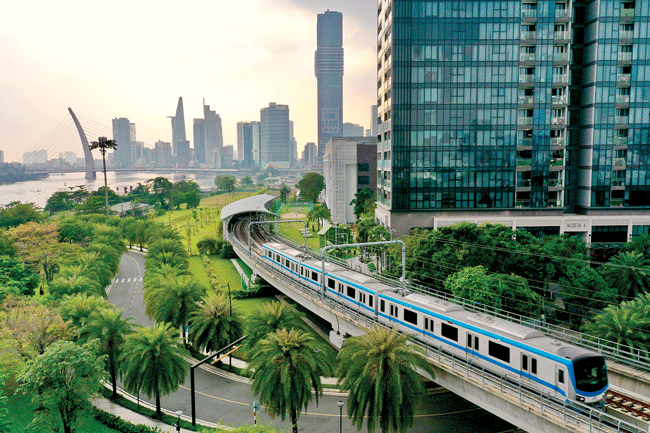
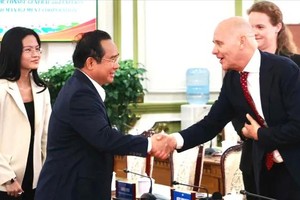
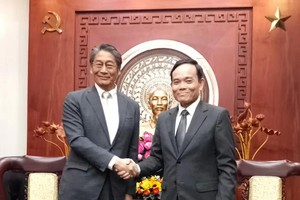
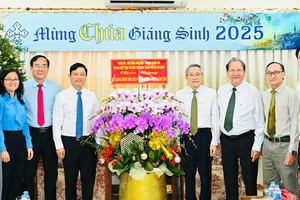
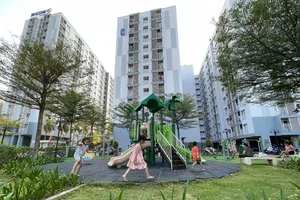

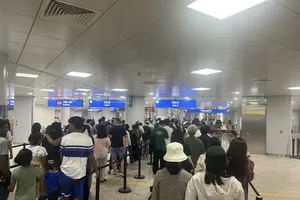
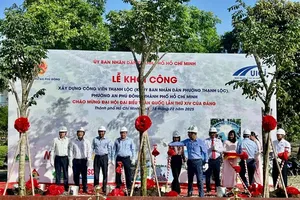
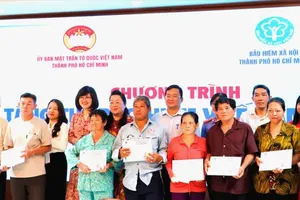
)
